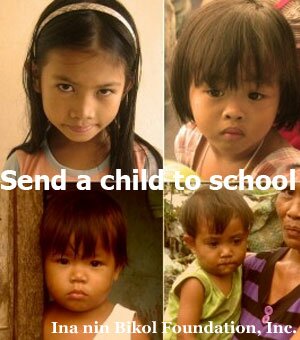The Convention on the Rights of the Child at 20
On Friday last, I fetched my daughter from school at Poveda. If you happen to do this routine, you normally scout almost every student on sight, whether walking or running towards the exit gate, just sitting idly by, reading or chatting with friends, laughing or crying, or otherwise simply playing tag or hide and seek on the grounds until you finally see your child. For sure, this may just be one ordinary scene in what we call life, but which on deeper reflection should make us thankful for the gift of children.
Indeed, in every child stands the promise of a better life and a better future.
Now this month, on November 20, will be the 20th year of the adoption of the landmark Convention on the Rights of the Child (CRC) by the United Nations General Assembly on November 20, 1989.
The CRC later entered into force on September 2, 1990.
It is composed of 54 articles defining a child as "every human being below the age of eighteen years unless under the law applicable to the child, majority is attained earlier" and enumerating the human rights every child is entitled to-the right to survival; to develop to the fullest; to protection from harmful influences, abuse and exploitation; and to participate fully in family, cultural and social life. The CRC also provides for the obligations and responsibilities of states, governments and all actors in society for the promotion and protection of the well-being of every child.
The CRC also established four core principles for children: non-discrimination; devotion to the best interests of the child; the right to life, survival and development; and respect for the views of the child.
The CRC now has 140 signatories and 193 states parties. The Philippines signed it on Jan. 20, 1990, and ratified it to become a party on August 21, 1990.
The significance of the CRC may well be seen in the paradigm shift it propelled from the traditional "needs-based approach" to children to a "human rights based approach." The CRC is a living and powerful international instrument that governments and all actors of society must work to fulfill. It has three core strengths-
"First, it is a legal instrument, defining unequivocally the responsibilities of governments to children within their jurisdiction. Second, it is a framework for the duties borne by different actors at different levels of society to respond to the rights of children, and it helps us understand the knowledge, skills, resources or authority needed to fulfill those duties. Third, it is an ethical statement, both reflecting and building upon core human values about our commitment to collectively provide the world's children with the best we have to give." (Unicef)


